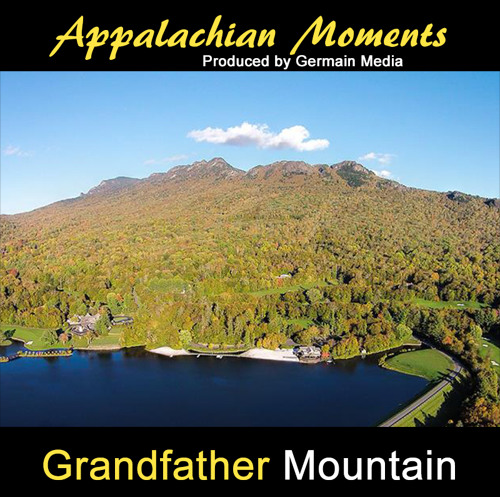New Appalachian Moments Blog Post!
By Scott Ballard
When gazing upon Grandfather Mountain, it’s easy to imagine that it has always looked like it does today. The fact of the matter is that it has looked very different at different points in its long and varied history. And it’s history is best told by the flora and fauna that called Grandfather “home.”
Many of the animals that once inhabited Grandfather Mountain back in the Mesozoic era have died out…including such mega fauna (Latin for big animals!) such as the giant ground sloth.
One Mesozoic creature that survived, even thrived…right up to today, is the black bear. Why or how did they survive? Well, bears eat most anything, can travel up to 15 miles a day; they can run, fight, climb, dig and swim in equal measure…and…they can reduce their vital signs to near comatose levels and sleep off the hardest part of winter. Hmmm….Sounds like a pretty good strategy to me!
If you were to go back in time even just 150 years, you would have seen a mountain largely covered, especially the lower two thirds, with a virgin Chestnut and hardwood forest. Chestnut were huge towering trees that formed a thick canopy overhead, allowing very little sunlight to filter thru.
As a result, very little grew on the forest floor, creating an open and visible area. It’s said that it was so open that a man riding a horse could pretty much go wherever he wanted thru the forest. It’s hard to imagine that today.
With all the logging that occurred in the early part of the 20th Century, the mountain, along with most Southern mountains, was mostly timbered and transformed. New species moved in, including thick stands of rhododendron and mountain laurel, creating what today are known as “hells”. There is no way, in… God’s green earth… that a man on horse could ride through one of THOSE!
Much like the Native Americans who came as seasonal visitors (with the exception of the Medieval Warm period  900-1400 A.D.), the first Europeans who visited Grandfather Mountain were most likely hunters, trappers, and explorers. One of the first of note was Daniel Boone. Besides being a local legend, Daniel Boone was also a really fascinating guy.
900-1400 A.D.), the first Europeans who visited Grandfather Mountain were most likely hunters, trappers, and explorers. One of the first of note was Daniel Boone. Besides being a local legend, Daniel Boone was also a really fascinating guy.
He might have been a backwoods frontiersman, but he was not backward. Sitting around the campfire at night he might bring out a book and beginning reading aloud…the two books he often carried with him were the Bible and Gulliver’s Travels…My favorite quote, attributed to Boone, was, “I have never been lost…but one time… I was bewildered for three days.” On that note I can claim some kinship with ol’ Dan’l.
If you would like to hear the audio version click below and please add your thoughts in the comments section on Facebook!

